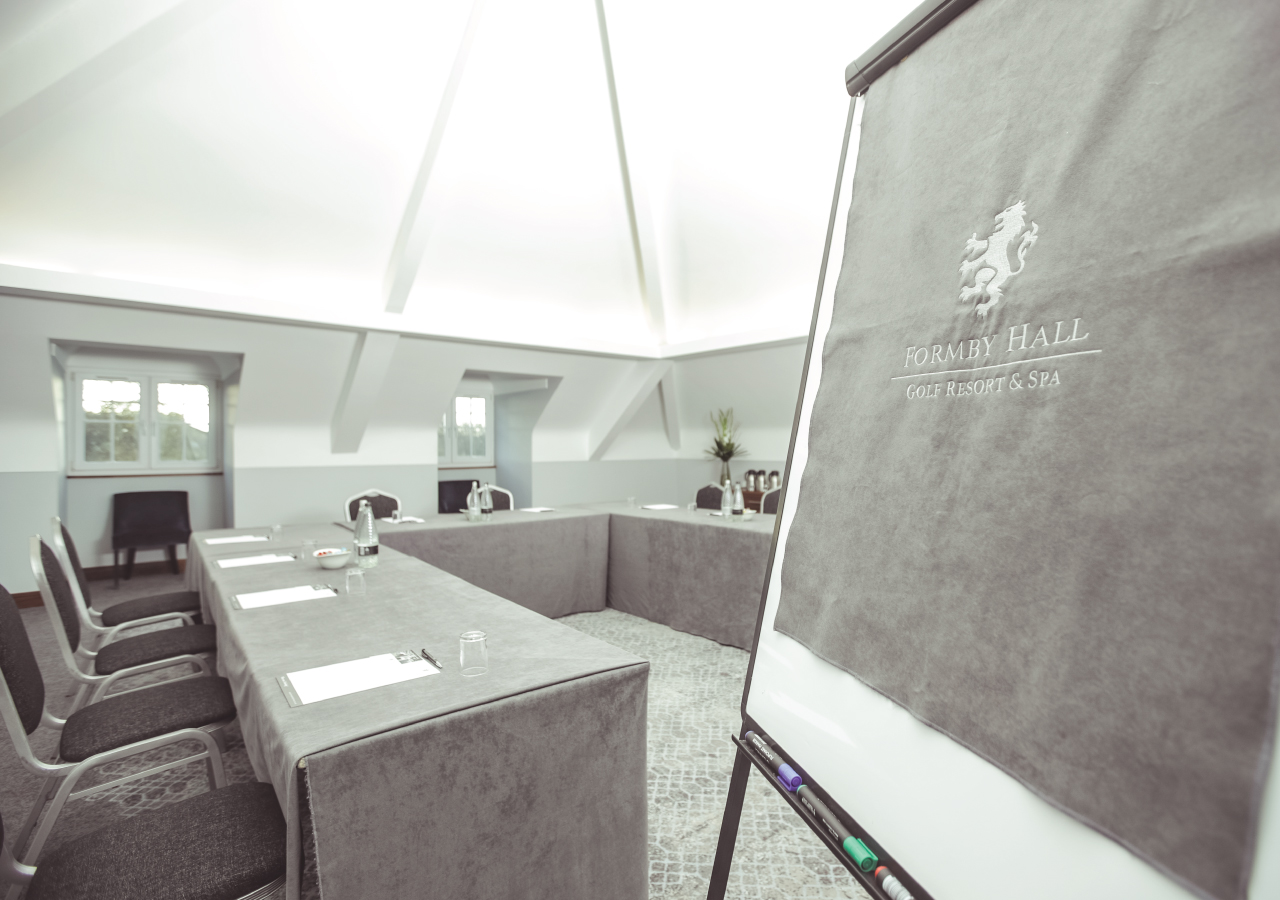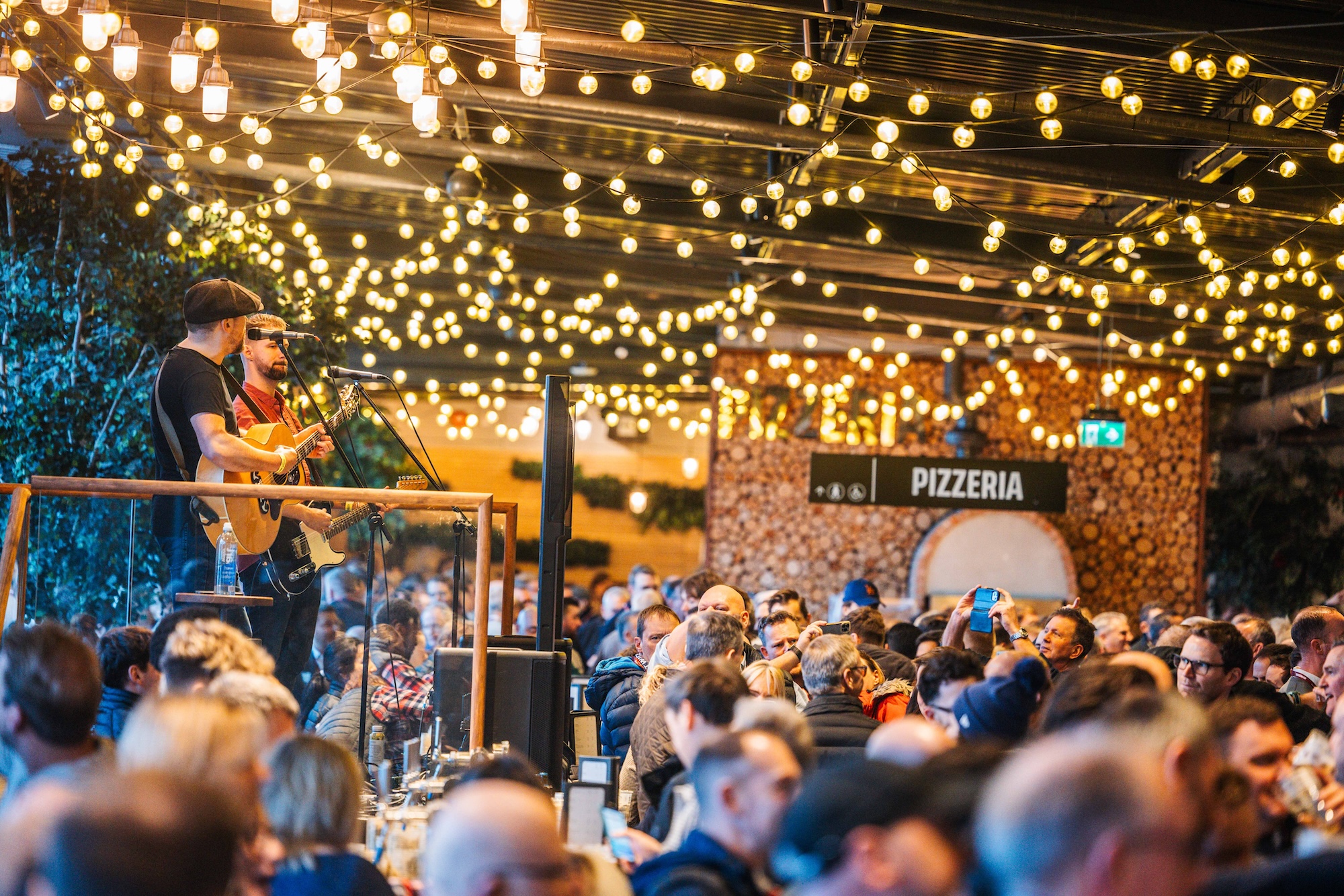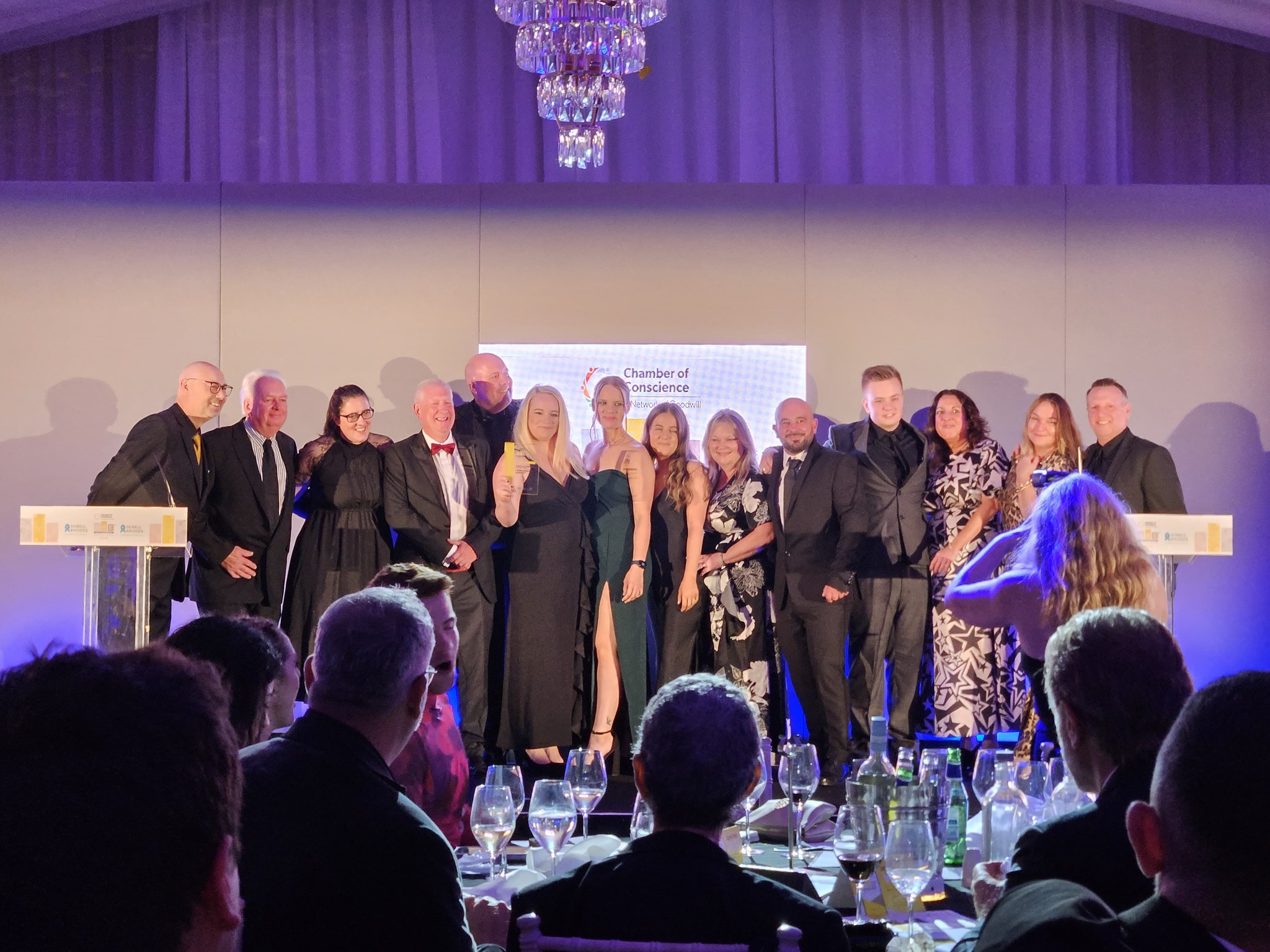When Spain won the World Cup earlier this month, they weren't the only nation jumping for joy. In South Africa and right across the African continent, people were proudly celebrating the successful hosting of the first World Cup in Africa.
Before the tournament took place, there were fears that the nation's high crime rate and poor public transport infrastructure would undermine the tournament. But, all fears were put to rest during the tournament, which proved very successful.
"There's no doubt this month has been a dramatic success," the country's Saturday Star said in an editorial.
In the run-up to the event, the country invested heavily in its infrastructure and, although the tournament has ended, South Africa is now home to world class event venues, thanks to World Cup.
The country's president Jacob Zuma noted: "The hosting of the tournament became a catalyst for development and investment."
Prior to the tournament, five new stadiums were built, while a further five were renovated, including the showpiece Soccer City which is now the biggest on the continent, with seating for up to 94,500 people.
Located across the country, these venues aren't just for soccer. Instead, some of the stadiums feature conference faculties, shops, exhibition centres and other event spaces.
The newly-built 62,760-seater Moses Mabhida Stadium in Durban, which hosted the semi-final match between Spain and Germany, includes a number of shops and restaurants. As well as this, the iconic venue, which takes its design inspiration from the South African flag, also features various event spaces, such as the Presidential Suite and the Mixed Zone & Mixed Zone Atrium, where banquets, launches, promotions or conferences can be held.
Designed to be as low as functionally possible to ensure that views around the stadium remained protected, Cape Town's Point Stadium was completed in 2009. The venue can seat 64,100 football fans and also features a large conference hall, which covers an area of around 1,800 sq m.
In Port Elizabeth, the Nelson Mandela Bay Stadium was constructed a year before the tournament started. With its unique roof structure and a spectacular view, overlooking the North End Lake, the multi-purpose venue is an attractive option for event organisers thanks to its two venues/conferences rooms.
Completed this year, the Peter Mokaba Stadium, located in Polokwane, hosted four games during the tournament, as did Mbombela Stadium, located in Nelspruit. The new venue, which is named after one of the official languages in South Africa, has a capacity of 40,911. Like its sister venues, the multi-purpose stadium has also been equipped with conference facilities.
Perhaps the best known of all South Africa's stadiums, Soccer City, was built in 1987. The Johannesburg's venue, which held the first mass rally for Nelson Mandela after his release from prison in 1990, has a gross capacity of 88,460. As well as its football facilities, Soccer City also boasts executive suites for events.
Johannesburg's other World Cup venue, Ellis Park Stadium, features state-of-the-art media facilities, VIP areas and seating for 62,000 people.
The Free State Stadium, which hosted six games, including the ill-fated England-Germany match, was given a plush new look for the 2009 FIFA Confederations Cup. Located in Mangaung/Bloemfontein, the stadium boasts 100 private suites.
The final two venues, Loftus Versfeld Stadium and Royal Bafokeng Sports Palace, are located in Tshwane/Pretoria and Rustenburg respectively. Each stadium held six games apiece during the tournament.
After its successful hosting of the World Cup and with its wide range of event venues and facilities, South Africa could become a popular destination with event managers.






